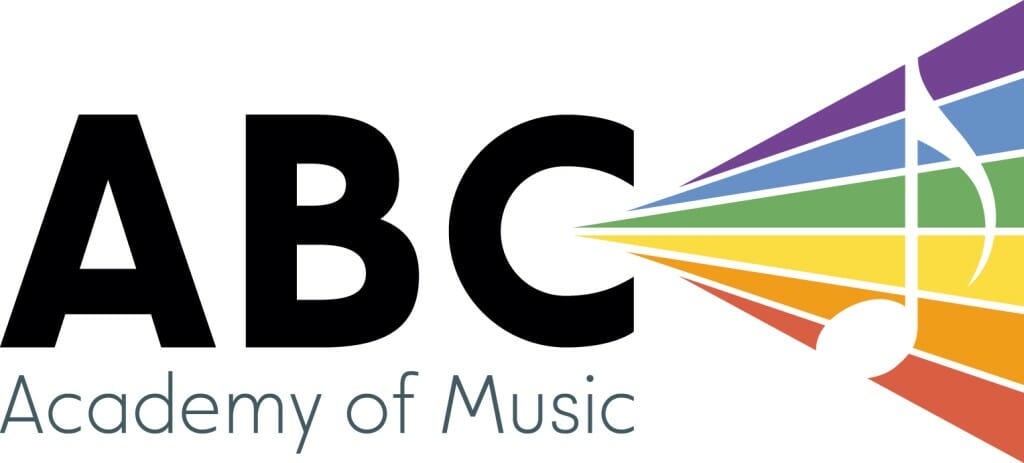Hi everyone,
Now that we have transitioned to ZOOM video lessons, I am no longer able to write down notes and musical material in the students’ books/binders. Instead, I have created PDF documents for each of you and dropped them into a Google Drive folder. The link to your documents is listed in the What to practice heading under your name below. You should be able to access the documents simply by clicking on the link. Here are your practice assignments for this week:
Aidan
Recommended minutes to practice: 20-30 minutes per day
What to practice: Beats 23 and 24 from the “Lesson 6” sheet and the first four bars of the solo from “Express Yourself” by Charles Wright. https://drive.google.com/open?id=1yJPRmQn7QZuvnmvhe8ji-CCGmJPGLDZi
How to practice it most effectively: Start with the beats from the “Lesson 6” sheet. These will serve as a good warm-up for the solo bars from “Express Yourself.” Be sure that you can count out loud the rhythms of the bass and snare part. This is crucial to being able to play the beats securely. Once you can count and play the rhythms, then add in the steady eighth notes on the hi-hat. Be sure to stay steady!
Will
Recommended minutes to practice: 15-20 minutes per day
What to practice: The main beat and fills from “Chameleon” by Herbie Hancock. https://drive.google.com/open?id=17pjkCZ1jfMdjwRqFBMaPIG_hKMb3gQGz
How to practice it most effectively: Keep practicing the main beat just as you have been, focussing on the consistency of the accent pattern on the hi-hat. With the fills, be sure that you have a good sense of the rhythms before you try to play it on the rhythm. Count it out loud first and then continue to count in your head as you play.
Elliot
Recommended minutes to practice: 10-15 minutes per day
What to practice: Practice the chorus beat and fills from “Can’t Stop” by the Red Hot Chilli Peppers. https://drive.google.com/open?id=10YGpSqgr9Z2SExyhXz7k1evG3C0t2VEc
How to practice it most effectively: Spend most of your time working on the chorus beat from the song. Pay close attention to the rhythm at the beginning of the beat and make sure that the bass drum and snare drum notes line up with the crash and hi-hat notes properly. It may be a good idea to practice this beat first with just the bass and snare, then add the crashes, and then finally add the hi-hat.
Alexy
Recommended minutes to practice: 20-30 minutes per day
What to practice: Work on finishing up “I Feel Good” by James Brown and also get a start on the first 6 beats from “Lesson 6.” https://drive.google.com/open?id=1MOQ0wuxOjWJ3H46kSSuJleBV6eZMuaZi
How to practice it most effectively: “I Feel Good” is pretty much all there now. Focus this week on securing each of the transitions and gradually increasing the speed. With the “Lesson 6” sheet, take a look at just the first 6 beats. First make sure that you can count the rhythms out loud. Then try playing the bass and snare part by itself. Finally, add in the eighth notes on the hi-hat.
Oscar
Recommended minutes to practice: 20-30 minutes per day
What to practice: “Lesson One” from George Hamilton Green and the “B” section of “Sonata” by J. S. Bach. https://drive.google.com/open?id=1VYJX4ERbTiJ1d8ePZ2h7ldbheEz5yKpq
How to practice it most effectively: See if you can get through all the exercises from “Lesson One” by George Hamilton Green. You don’t have to play each one every day, but throughout the course of the week try to touch on all of them. Repeat the ones that you find most challenging. Next week I’d like to hear you play some of them, especially the “Rag Time” exercises from the third page.
Nate O.
Recommended minutes to practice: 15-20 minutes per day
What to practice: The full song of “Can’t Stop” by the Red Hot Chilli Peppers and the first 6 beats from the “Lesson 5” sheet. https://drive.google.com/open?id=1lsS6FvGAobS96Y5mFUDE_7L1HGfAK0_s
How to practice it most effectively: Work on playing through the whole song with week both by yourself and together with the recording. This will help you to remember the form of the song (the order of verses and choruses) and also to get used to where the transitions happen. One of the most critical parts to be able to play together with the recording is the long fill toward the end of the song that comes after three and a half bars of rest. You have to be able to count the rests accurately in order to come back in at the right time!
